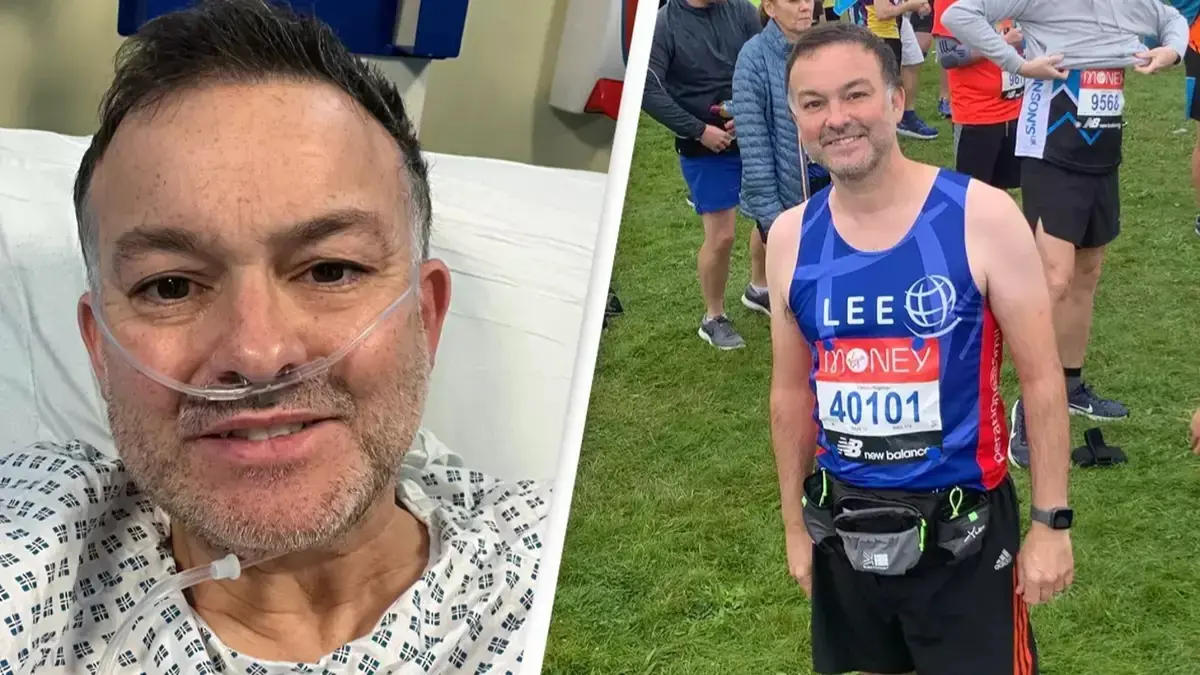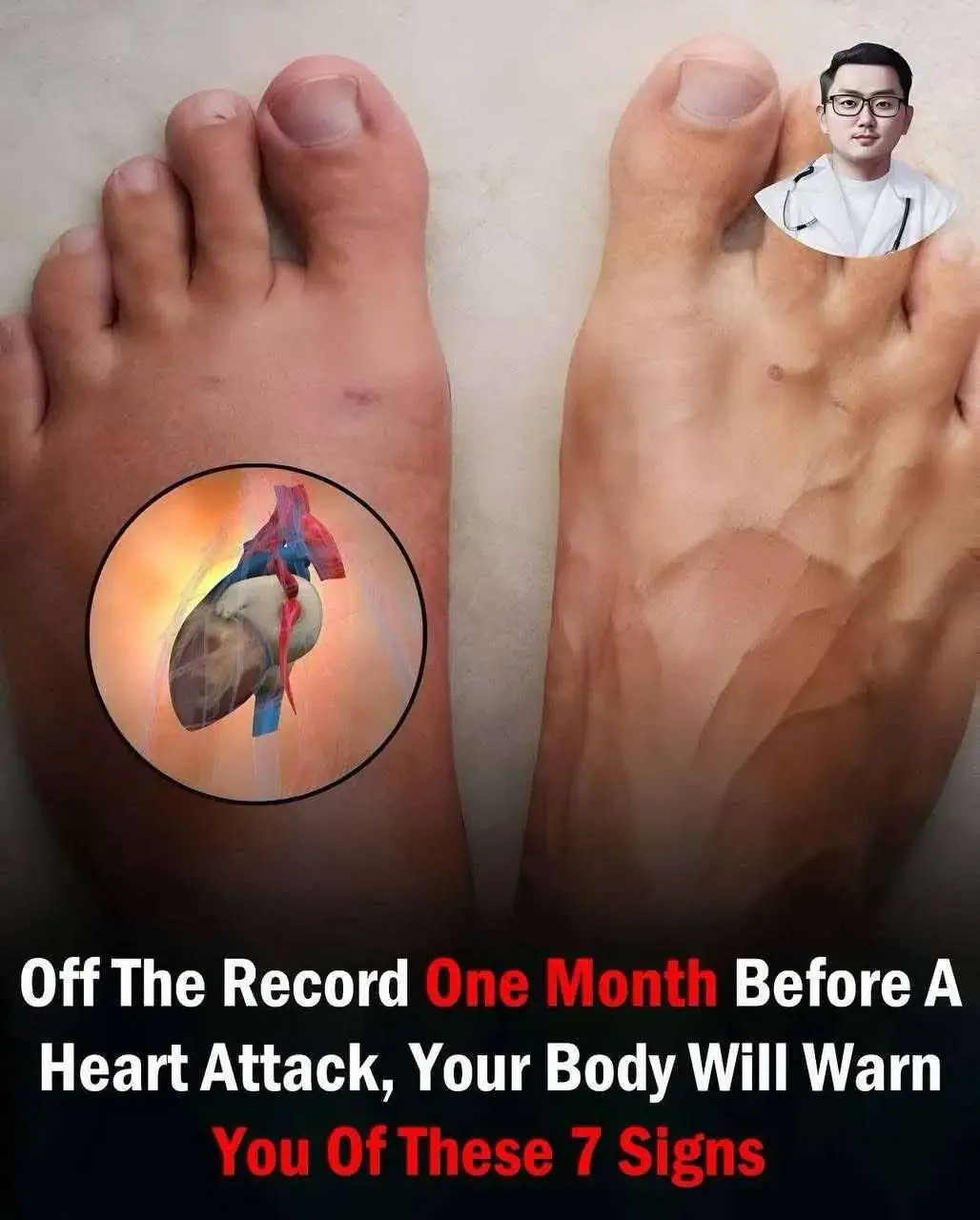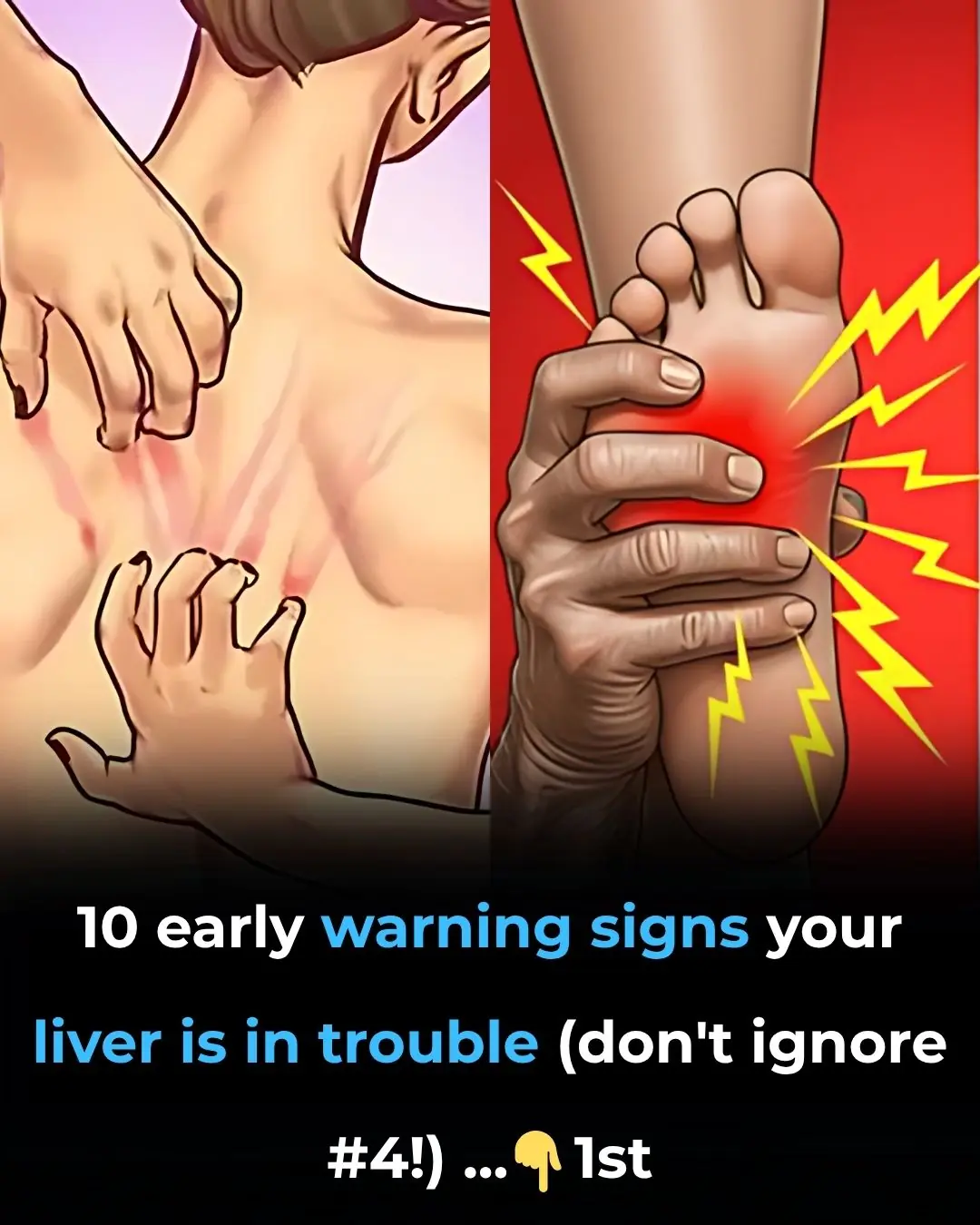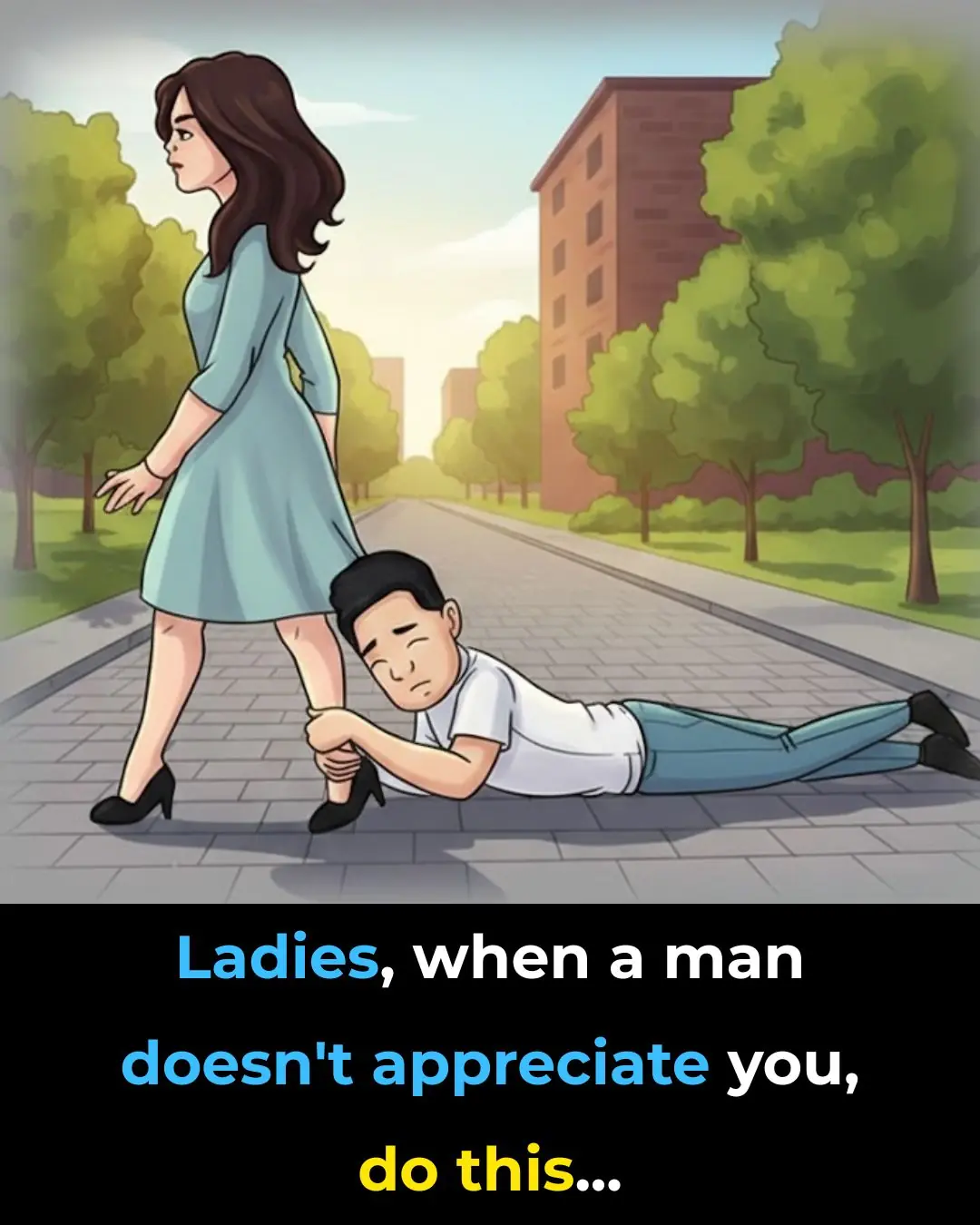
5 Surprising Causes of Weak Legs in Seniors—and How to Fix Them
5 Surprising Causes of Weak Legs in Seniors—and How to Fix Them
It’s a common concern as we get older: our legs just don’t feel as strong as they used to. Maybe you’ve noticed it while getting out of a chair, or perhaps climbing stairs feels more tiring than before. These changes can be unsettling, but the encouraging news is that they’re often reversible—or at least manageable. Understanding why your legs may feel weaker is the first step toward taking action.
This article explores the main reasons leg weakness can occur with age—and, more importantly, how you can strengthen and protect your legs so they stay strong, stable, and capable for years to come.

Why Do Legs Get Weak as We Age?
Weak legs can be frustrating, but it’s not something you just have to accept as “normal aging.” There are several key causes, and once you know them, you can take targeted steps to address each one. Think of it as troubleshooting your body’s engine—once you identify what’s slowing you down, you can fine-tune the system and get back on track.
1. Muscle Loss (Sarcopenia)
One of the biggest culprits behind leg weakness in older adults is sarcopenia, the gradual loss of muscle mass and strength that comes with age. After about age 50, the average person can lose around 10–15% of their muscle strength every decade. That decline accelerates if you lead a sedentary lifestyle or have poor nutrition.
The good news? You can fight back. Regular resistance exercise—like using light weights or resistance bands—stimulates muscle growth even in your 70s or 80s. Adequate protein intake, especially from sources like fish, eggs, or beans, also helps preserve muscle tissue. In other words, movement and good nutrition are your best tools for slowing down sarcopenia.
2. Not Moving Enough
It might sound obvious, but inactivity is one of the most common and preventable causes of weak legs. When we move less, our muscles adapt by shrinking and losing endurance—a phenomenon often described as “use it or lose it.”
As people age, they might cut back on activity due to pain, fear of falling, or lack of energy. Unfortunately, this creates a vicious cycle: the less you move, the weaker you get, and the harder it becomes to move at all. Inactivity also affects circulation, joint flexibility, and metabolic health, increasing risks for issues like type 2 diabetes and heart disease.
The fix? Any movement counts. Even simple actions—standing up more often, stretching, walking around the house, or gardening—can keep your muscles and joints active. The goal isn’t perfection, it’s consistency.
3. Ongoing Health Problems
Chronic conditions such as arthritis, diabetes, and peripheral neuropathy can all contribute to leg weakness. For instance, nerve damage from diabetes can cause numbness or instability, making walking more difficult or even painful. People with arthritis may avoid movement due to joint discomfort, which in turn accelerates weakness.
It’s easy to fall into a pattern of doing less when your body doesn’t feel good, but gentle movement often improves these conditions over time. Physical therapy, balance exercises, and medications can all play important roles. Remember: motion truly is lotion. Always work with your healthcare provider to tailor a safe exercise plan and to manage underlying health problems effectively.
4. Back Problems
Your legs depend heavily on your spine and nervous system to function properly. Spinal issues, such as herniated discs, sciatica, or spinal stenosis (a narrowing of the spinal canal), can disrupt nerve signals to your legs, leading to pain, tingling, or weakness.
When pain flares up, it’s natural to avoid movement—but prolonged rest can actually worsen the problem. Gentle stretching, low-impact activities like swimming, or guided physical therapy can help keep the spine mobile while strengthening supporting muscles.
If you experience persistent numbness or weakness in one or both legs, consult your doctor promptly. In some cases, targeted treatments—like posture correction, decompression therapy, or nerve glides—can make a big difference.
5. Not Feeling Motivated
Sometimes, weak legs aren’t just about the body—they’re about the mind. A loss of motivation can sneak up on older adults, especially after retirement or major life changes. Without daily routines or social connections, it’s easy to slip into inactivity.
Depression, anxiety, or even boredom can sap your drive to stay active. But small mindset shifts can reignite motivation. Setting realistic goals, finding a workout buddy, or joining community fitness classes for seniors can all help. Social interaction itself is a powerful health booster—it keeps your mood up and gives you accountability to stay consistent.
Key Takeaways
-
Leg weakness with age is common but not inevitable.
-
Staying physically active is the most effective defense against muscle loss and related issues.
-
Managing chronic health conditions and spinal problems is essential.
-
Motivation, community, and consistency matter just as much as exercise itself.
Simple Leg Exercises You Can Do at Home
You don’t need a fancy gym to build strength. Here are three simple but powerful leg exercises you can do in your living room, no equipment required.
1. Chair Stands
This movement mimics a real-life action—getting up from a chair—and directly targets the muscles you rely on every day.
How to do it: Sit tall in a sturdy chair with your feet flat on the floor. Lean slightly forward so your nose is over your toes, then press through your heels to stand up. Squeeze your glutes as you rise, then slowly sit back down with control.
Tips:
-
If it’s too difficult, use a higher chair or place a cushion on the seat.
-
If it’s too easy, cross your arms over your chest or reach your arms overhead.
-
Aim for 10 repetitions, and do 2–3 sets throughout the day.
Over time, you’ll notice your ability to rise from chairs—or even climb stairs—improve dramatically.
2. Lunges
Lunges strengthen each leg individually, improving both strength and balance.
How to do it: Stand tall, holding onto a stable surface for balance if needed. Step forward with one leg and lower your back knee toward the floor, keeping your front knee above your ankle. Push through your front heel to return to the starting position.
Tips:
-
Keep your posture tall and chest lifted.
-
For sensitive knees, place a soft pad or towel under your back knee.
-
As you progress, try alternating legs or doing “walking lunges.”
Even a few lunges per day can help rebuild coordination and stability.
3. Walking
Sometimes the simplest exercises are the most effective. Walking strengthens the entire lower body while improving circulation, heart health, and mood.
How to do it: Start with short, manageable walks. If you feel unsteady, use a cane, walker, or walking poles. Choose flat surfaces at first, and gradually add variety—like gentle hills or uneven terrain—as you grow stronger.
Tips:
-
Try to walk most days of the week, even if it’s just around the block.
-
Combine walking with social activities—like joining a group walk or chatting with a neighbor—to make it more enjoyable.
-
For those who prefer indoor options, treadmill walking or using a stationary bike are excellent alternatives.
The Bottom Line
Everyone starts at a different level—but the key is to start somewhere. A few minutes of daily movement can add up to big gains in strength, confidence, and independence. Don’t hesitate to ask for support from loved ones or a physical therapist if you need guidance.
Your legs are the foundation of your mobility and freedom. Take care of them, and they’ll carry you confidently through every stage of life.
News in the same category


Top 7 peripheral neuropathy creams that actually STOP nerve pain fast!

The Real Health Benefits of Papaya Seeds: A Tiny Powerhouse Worth Trying

15 Things That Women Will Always Notice About A Man Over 50

Marathon Runner Diagnosed With Terminal Cancer Warns Against Ignoring Small Symptoms

PANCREATIC CANCER NEEDS CATCHING EARLY. THE SIGNS AND SYMPTOMS TO LOOK OUT FOR

Woman diagnosed with stage four colon cancer warns people about 5 symptoms she ignored

1 cup to protect the pancreas (and reduce blood sugar)

Eliminate Excess Water and Prevent Hand and Foot Swelling with These Effective Recipes

MARATHON RUNNER DIAGNOSED WITH TERMINAL CANCER URGES PEOPLE NOT TO DISMISS SMALL SYMPTOM HE EXPERIENCED

4 Powerful Foods That Naturally Boost Collagen and Repair Your Body from Within

Ugh, these so annoying

1 Teaspoon in Your Morning Coffee Could Stop Insulin Resistance Within Minutes

7 silent signs your heart could be in trouble – don’t ignore these!

Thyme Essential Oil Shows Promise in Killing Lung, Oral, and Ovarian Cancer Cells

7 Warning Signs of a Heart Attack You Should Never Ignore

🧴 Pimples on Your Lips? What It Really Is & How to Treat It Safely

Top 12 foods that clean your blood naturally

10 early warning signs your liver is in trouble (don’t ignore #4!)
News Post

Top 7 peripheral neuropathy creams that actually STOP nerve pain fast!

Chelidonium majus L. – The Greater Celandine: Benefits, Uses, and Precautions

The Real Health Benefits of Papaya Seeds: A Tiny Powerhouse Worth Trying

How to Use Bay Leaves to Naturally Repel Household Pests

15 Things That Women Will Always Notice About A Man Over 50

Carob (Ceratonia siliqua): Benefits and Homemade Uses

Marathon Runner Diagnosed With Terminal Cancer Warns Against Ignoring Small Symptoms

The Power of Pine Needles: 30 Benefits and Homemade Uses

PANCREATIC CANCER NEEDS CATCHING EARLY. THE SIGNS AND SYMPTOMS TO LOOK OUT FOR

Powerful Healing with Cabbage Leaves: Why Wrapping Them Around Your Body Works Wonders

How to Grow Papaya in Pots: Heavy Harvests of Big, Sweet Fruit

Save Millions of Dong in Electricity Bills Each Year by Cleaning This Hidden Part of Your Rice Cooker

Woman diagnosed with stage four colon cancer warns people about 5 symptoms she ignored

4 Ways to Cook Chicken Without Using Water

Today I Learned How to Use the Detergent Drawer on a Washing Machine—No Wonder My Clothes Weren’t Getting Fully Clean

1 cup to protect the pancreas (and reduce blood sugar)

Ladies, when a man doesn’t appreciate you, DO THIS ...

Eliminate Excess Water and Prevent Hand and Foot Swelling with These Effective Recipes

Investigator Finds Dog Tied Up Under Scorching Sun, Marked with Leopard-Like Spots
